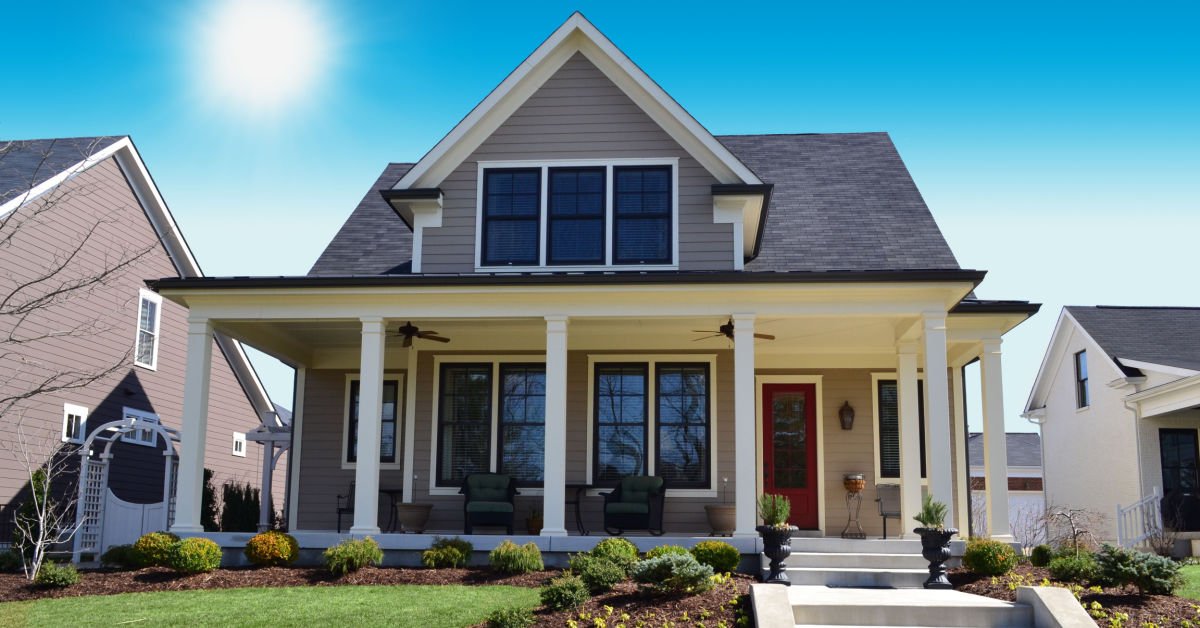The home price rebound has gone from a simmer to a full rolling boil, according to Black Knight, with the company’s seasonally adjusted Home Price Index (HPI) hitting a new record high in May.
“There is no doubt that the housing market has reignited from a home price perspective,” said Andy Walden, Black Knight’s vice president of enterprise research. Observers looking at the company’s data might be hard-pressed to disagree.
The 0.7% seasonally adjusted monthly gain from April to May was the fifth consecutive increase for Black Knight’s HPI, growth that would equate to an annualized increase of 8.9% if maintained at its current pace. Per Black Knight’s newest Mortgage Monitor report, it suggests a “coming inflection” in home price appreciation. The annualized home price growth rate was at 0.1% in May but could make an upturn as early as June.
Meanwhile, 27 of the nation’s 50 largest markets have either returned to their 2022 peaks or surpassed them entirely. Many of these metros are in the Midwest and Northeast. Conversely, many cities in the West, as well as pandemic-era boomtowns across the country, are still posting prices well below their past-year high points. But even in such areas, Black Knight reported that prices have started to claw upward, narrowing the gap between these recent peaks.
The company pointed to San Jose as a notable example. The Bay Area city saw its residential properties lose 10% of their values more quickly than any market in 2022, but it posted a month-over-month gain of 1.4% in May, the second largest among major cities tracked by Black Knight. Other Western cities with large monthly upticks included San Diego (1.1%), Los Angeles (1%), San Francisco (0.9%), Seattle (0.9%) and Sacramento (0.8%).
The recent surge in prices is an interesting phenomenon, given that sales during the spring season have been reported as tepid at best. That’s not necessarily a reflection of demand, however, but rather of the severe shortage of resale supply. For-sale inventory, which saw a modest uptick in May, remains far below the pre-pandemic norm. The dearth of homes for sale has stirred up pressure on prices, even as elevated interest rates has kept affordability low. The monthly principal and interest payment needed to buy a median-priced home in May was $2,258 — the highest on record, according to Black Knight.
“Active listings have deteriorated in 95% of major markets so far this year and, overall, we’re still down more than 50% from pre-pandemic levels,” Walden said. “New construction starts and completions were both strong in May, which is welcome news.”
But Walden also pointed out that most projects underway in May were multifamily properties of five or more units, as opposed to single-family residential (SFR) units. SFRs made up only 40% of the monthly total and construction starts are still about 30% below their 2005 peak. As it stands, housing affordability remains dangerously close to the 37-year low points reached late last year, despite the Federal Reserve’s attempts to cool the market.
“The challenge for the Fed now is to chart a path forward toward a ‘soft landing’ without reheating the housing market and reigniting inflation,” Walden said. “But the same lever used to reduce demand – that is, raising rates – has not only made housing unaffordable almost universally across major markets, it has also resulted in significant supply shortages by discouraging potential sellers unwilling to list in such an environment, further strengthening prices.
“At this point, even if rates come down, but not so sharply as to entice potential sellers out of their sub-3.5% mortgages, it could risk a widespread reheating of home prices across the U.S.”






